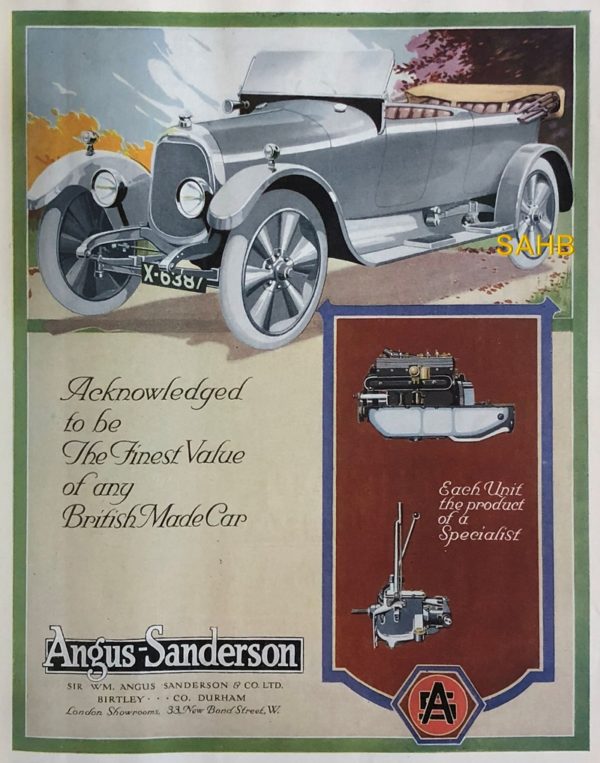
The Angus family had been coachbuilders in Newcastle upon Tyne since the late 18th Century. Sanderson was apprenticed to the firm and eventually became a partner, adding his name to the company. The idea of moving into car manufacture started as early as 1905, when a Carlisle-based branch of the business built a few Aster-powered cars sold as the Sanderson-Aster. No more than three cars were made, however, and the make disappeared after 1907.
Angus-Sanderson planned once more to build cars before World War I, and prototypes were running by the end of 1918. These plans were ambitious: the car would be mass-produced from proprietary parts, including a 2265cc side-valve 4-cylinder engine (from May 1919 increased to 2306cc) from Tylor, gearboxes, axles, steering gear and radiator from Wrigley in Birmingham and frames from Mechins in Glasgow. A distinctive feature of the car was its use of disc wheels with a wavy pattern, supplied by Goodyear.
The radiator was designed by Cecil Kimber, later famous for the M.G. car. During World War I Kimber had moved first to AC Cars and then to Wrigley, where he made a large personal financial investment. That would turn out to have been an unwise move, as will be seen later.
The bodies were naturally made by Angus-Sanderson themselves, with wood from their own forests. There were three body styles: tourer, open 2-seater and closed 4-seater. Production started in 1919 in Newcastle and that summer moved to a much larger factory in nearby Birtley, suitable for making a projected 20 cars a day. Only 30 to 50 per week were ever built, and part-completed bodies and chassis hung around in the factory for over a year, waiting for the delivery of parts.
The optimistic advertisement in our Snapshot dates from October 1920, when the under-capitalised company was already heading for trouble. Wrigley in Birmingham lost a large amount of money on the contract to supply Angus-Sanderson; Kimber lost heavily on his investment, but took on a job at Morris Garages in 1921 as sales manager, from where he became managing director of M.G.
Angus-Sanderson was refinanced by the setting up of a new company in 1921 under the control of S.F. Edge. The firm moved to London, and a new smaller 990cc 8hp car was developed but never got beyond the prototype stage. More reorganisation followed and the company finally closed in 1927. Only 3,000 Angus-Sanderson cars were made, of which no more than six survive.
Image courtesy of The Richard Roberts Archive: www.richardrobertsarchive.org.uk



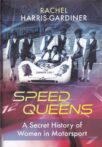
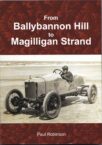
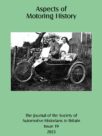
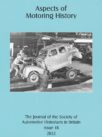
Sir William Angus, a Director of Angus-Sanderson & Co, had provided capital for the NUT (Newcastle Upon Tyne) motorcycle. He withdrew his support when Angus-Sanderson decided to make cars and, unable to pay for bought-out work that had already been commissioned, NUT went into liquidation with debts of over £20,000.
Even though the N-U-T story is just a sub-plot in the Angus-Sanderson saga, it’s more complicated than this comment implies and there is a fundamental reason it cannot be wholly correct: Sir William Angus died in July 1912, over six years before the company still bearing his name but directed by his old partners, Thomas and Frederick Sanderson, decided to mass-produce cars…
In October 1910, when he was still head of the Sir William Angus, Sanderson Company Limited (SWASCL), he opened their new three-storey premises in St. Thomas Street, Newcastle, where they advertised that as well as motor car coach-building, sales and maintenance, it now had a motorcycle department.
SWASCL motorcycle sales adverts in 1911 don’t mention N-U-T machines, just Matchless, Bradbury, Norton and Motosacoche, although private adverts for second-hand 1911 N-U-Ts did appear later. They began advertising in 1912 that they were the sole manufacturers of the “famous N-U-T motor bicycle”. Manufacturing was managed by engineer and race-rider Hugh Mason, who with his bicycle-maker partner, Jack Hall, had for some years in Newcastle designed, made and sold motorcycles under different names.
After Mason won the Manx Junior TT in June 1913 on his N-U-T branded motorcycle and one had been exhibited by SWASCL at Olympia in November, show reports noted their increasing popularity and that demand already exceeded the manufacturing capacity at St. Thomas Street.
To beat the shortfall, in March 1914, SWASCL set up the Newcastle-upon-Tyne Motor Company Ltd. to take over that part of its business which manufactured and sold N-U-T motorcycles. It was capitalised with £60,000 of £1 shares and its directors were G. A. France, M.P., T. Sanderson, F. Sanderson, G. F. Tweedy, B. Doxford and H. Mason, who reportedly held only one share but was paid a director’s fee and a percentage of profits. Setting it up included taking over the old Edison and Swan United Electric Light Company’s factory in South Benwell, Newcastle; afterwards known as the South Benwell Motor Cycle Works.
The new company made several models of motorcycle there until at least 1915, when it produced some patented twin-stretcher motorcycle ambulances for the Red Cross but like the rest of the SWASCL sites it was turned over predominantly to war work. Doing this, the Benwell factory remained in operation until after the Armistice, as this advert from December 1918 attests: “Motor Cycle, 4-h.p., and Side Car for sale; Precision engine; in good condition – Apply N.U.T. Motor Co. Ltd, Benwell Works”. Selling one second-hand motorcycle perhaps also indicates acute cash-flow problems.
If so, these likely continued while the Sandersons were leading the consortium to mass produce A-S cars at the newly-purchased Birtley factory during 1919. It was the slump in the profitability of SWASCL when war work stopped, the cost of Birtley and the problems getting it running properly which led them to consider voluntary receivership and to Barclays Bank and other creditors applying for it to be compulsorily wound up by the end of 1920 – it had c.£888,000 of debt. SWASCL had probably already chosen to liquidate unprofitable parts of its business to help its deteriorating financial situation and one part under threat, just as motorcycle import restrictions were ended in September 1919, must have been its low-volume N-U-T business.
Earlier, in 1919, the press had mistakenly assumed that the N-U-T Motor Company was included in the consortium but not so and by September SWASCL had sold all its coach-building and retail businesses at St. Thomas Street and its other old Newcastle sites. The former at least was sold to the newly-floated, insurance and retail-based, British Motor Trading Corporation (BMTC); its local board of directors listed both Sandersons.
BMTC immediately advertised that as well as all SWASCL’s previous car services at St. Thomas Street, it offered “extensive showroom, garage and workshops for motorcycles” and was agent for Matchless and N-U-T motorcycles. N-U-T’s own 1919 adverts name St. Thomas Street as their address, which implies production had resumed there but not under SWASCL control. N-U-T motorcycles were present at Olympia in November 1919, when agents described them as “made under the personal supervision of T.T. winner Hugh Mason”. Even as late as November 1921, a V-twin J.A.P.-engined N-U-T motorcycle, made by “Hugh Mason and Co. at St. Thomas Street”, was displayed at the Motor Show. N-U-T had more than likely not been liquidated but sold on, with its debts, to a new owner and continued to manufacture for a time at St. Thomas Street.
During 1922, BMTC suffered heavy trading losses and by 1923, at least a part of the St Thomas Street building was occupied by the garage of ex-SWASCL and BMTC managers, Adams and Gibbon. They were agents for several car marques but only for Matchless and Quadrant motorcycles, no mention of N-U-T. Freed from its old ties and after a few more years of financial instability, during which Hugh Mason left, N-U-T settled into a fairly successful production period surviving until 1933.
Hence, whenever whatever and whoever caused N-U-T its post-WWI problems, Sir William Angus was not involved.